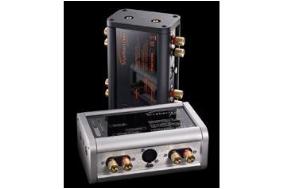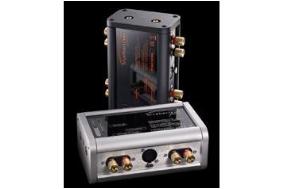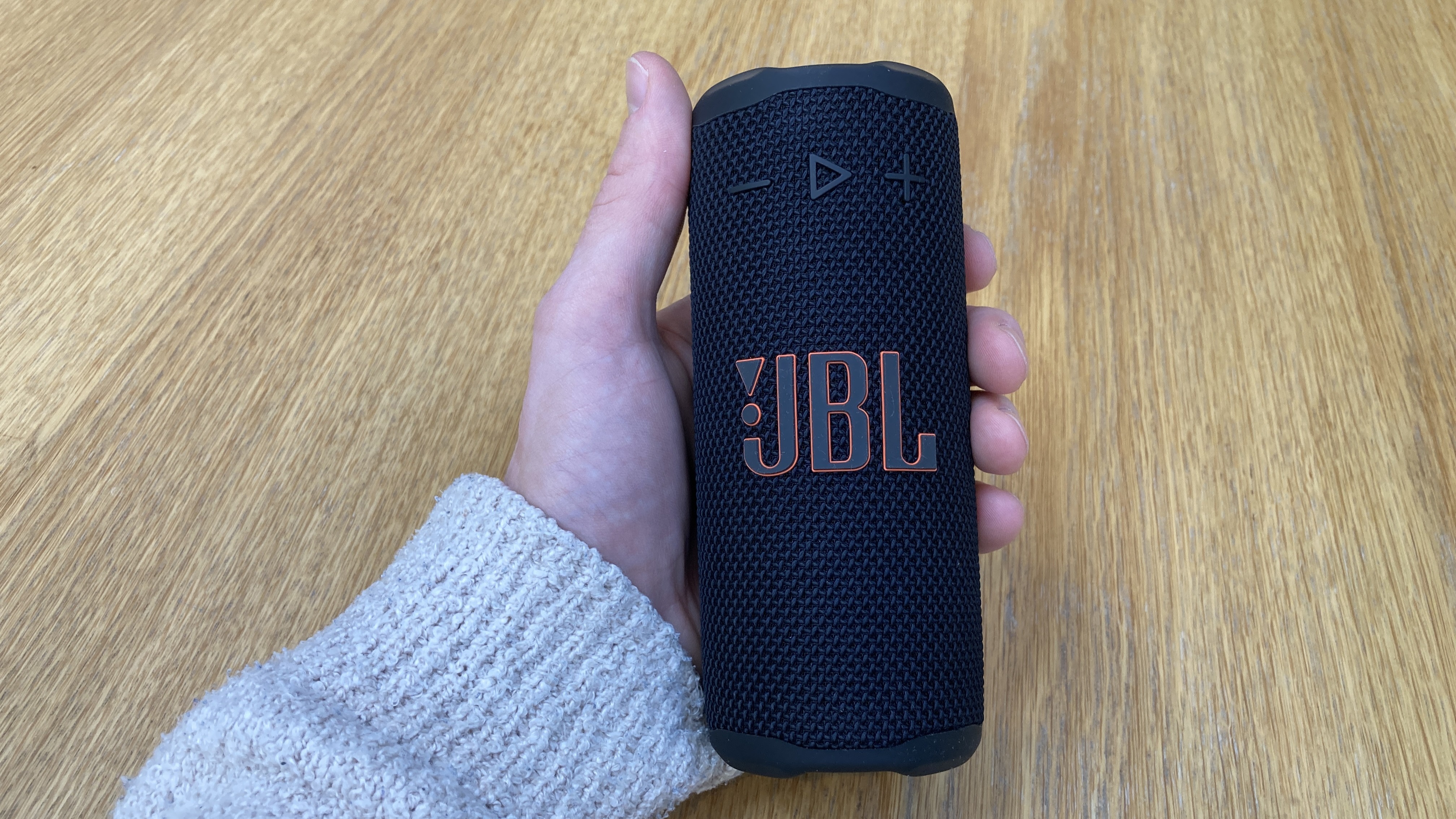Blue Horizon unveils Proburn 'cable burn-in accelerator'
Want to speed up the burn-in process for your new audio cables? Then check out the Proburn 'burn-in accelerator' from Blue Horizon


'A what?' you may ask. Well, the Proburn is a device designed to speed up the burn-in process of audio cables, we're told.
The company claims that using a Proburn will enable you to burn in your cables in around 24-48 hours, rather than the months that it would usually take for cables to reach their full audio potential.
"It's a well-known fact that audio cables improve with use," says Blue Horizon.
"A hard, closed-in sound with a distinct lack of bass are the qualities most noted when a cable is new; a cable that has been 'burned in' will sound more open, extended and three-dimensional, with a more natural, less sterile performance."
Unlike most purpose made, burn-in CDs the Proburn doesn't just synthesise music. It also sends a series of ultra-low and ultra-high frequencies through the cables which penetrate both the core of the conductor and the cable's dielectric.
By conditioning all aspects of the cable at higher frequencies than those achievable with any burn-in CDs or devices currently available on the market, the burn-in process is much quicker, claims Blue Horizon.
The Proburn comes in black and orange or silver colour schemes and retails at £695.
Expansion modules for additional cable types, including video cables, BNC-terminated cables and turntable tonearm cables, will be available soon. You read it here first.
The latest hi-fi, home cinema and tech news, reviews, buying advice and deals, direct to your inbox.
What Hi-Fi?, founded in 1976, is the world's leading independent guide to buying and owning hi-fi and home entertainment products. Our comprehensive tests help you buy the very best for your money, with our advice sections giving you step-by-step information on how to get even more from your music and movies. Everything is tested by our dedicated team of in-house reviewers in our custom-built test rooms in London, Reading and Bath. Our coveted five-star rating and Awards are recognised all over the world as the ultimate seal of approval, so you can buy with absolute confidence.

